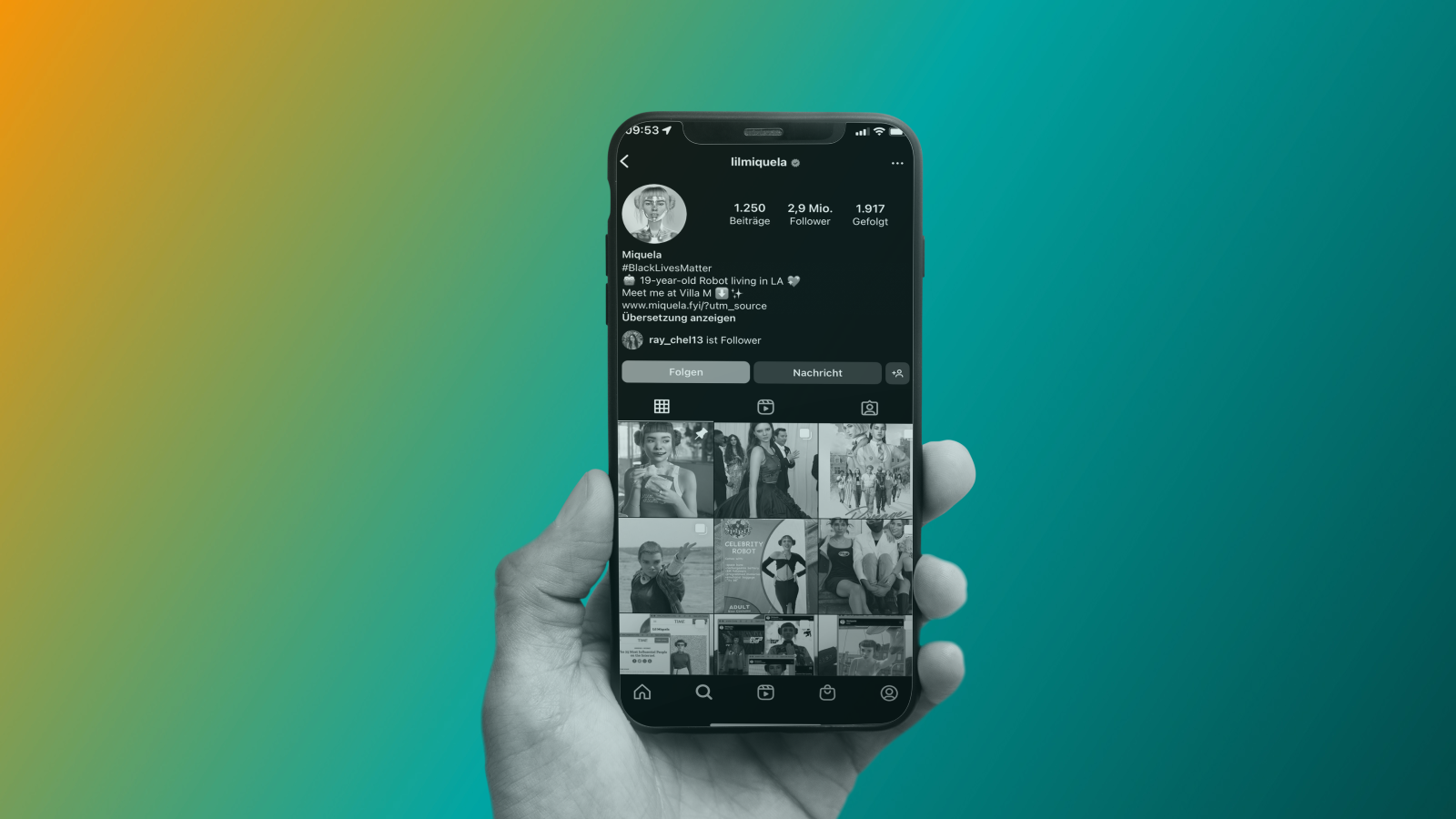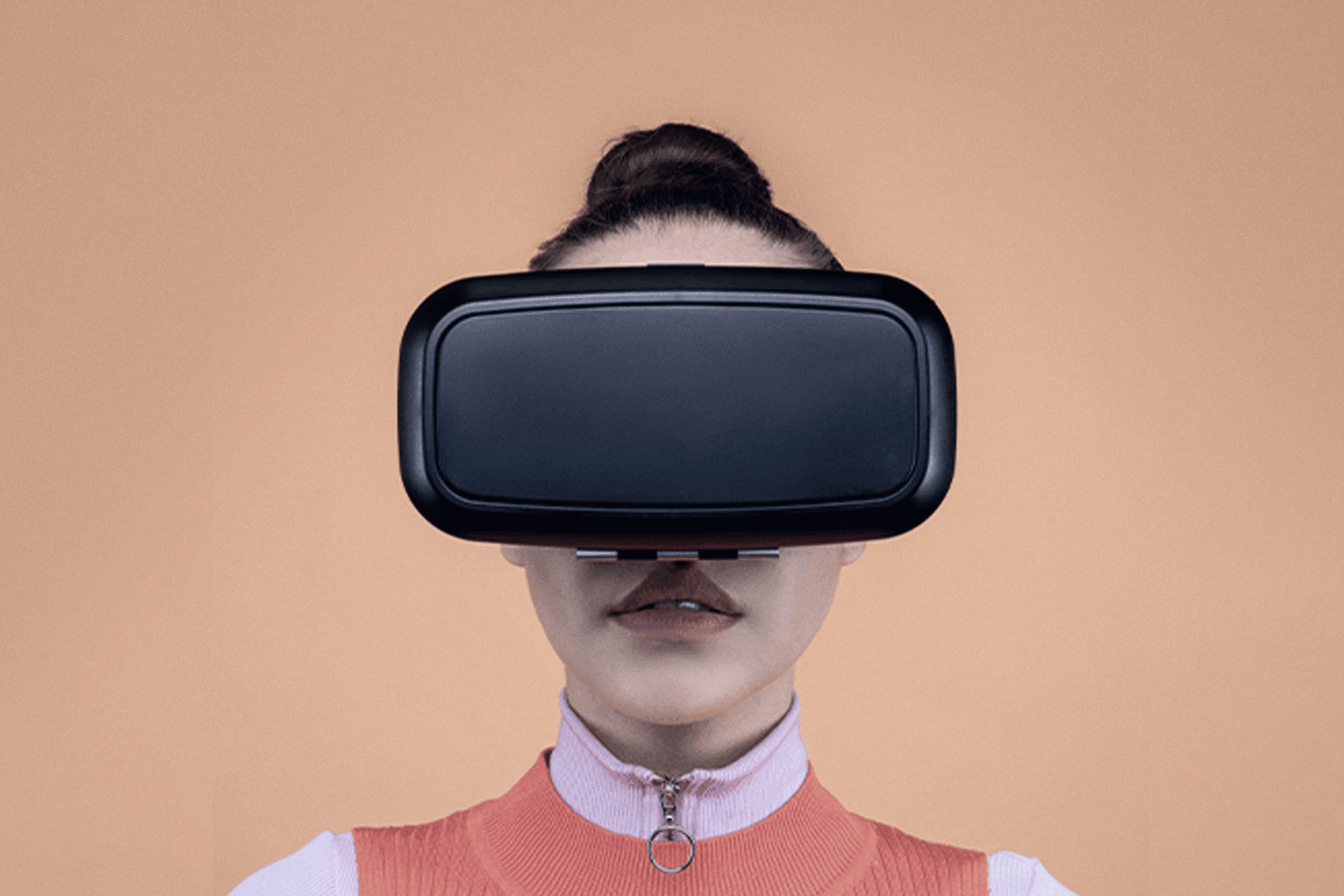"Alexa, play some music" - and magically, the music that suits your taste starts playing. On Netflix, Amazon, Instagram and the like, we also receive recommendations that are perfectly tailored to our interests on a daily basis. On the one hand, it can be considered positive that algorithms know what we like before we do it ourselves. After all, that saves a lot of work and time. On the other hand, it conceals a dark side that almost all of us are aware of: in order to receive the personal recommendations, artificial intelligences have to learn and understand who we are. Therefore, every like of your favorite actor's post, every Google search query, and every "add this movie to my watchlist," collects reams of personal data about us. Until not even a year ago, this even happened without us having to actively consent to it. To put a stop to all this data collection, the German Bundestag then passed §25 TTDSG. A new law that states that cookies may only be set "if the end user has consented on the basis of clear and comprehensive information." But let's be honest: how often do we not take the time to configure the cookie settings and click on "Accept all cookies"?

Virtual WHAT?
Is this a sign that we have already got used to all these things? Perhaps. How handy that the World Wide Web never stands still and already has the next developments in store for us.
Currently, a trend originating in the USA and Asia is becoming more and more popular worldwide: virtual influencers. These are fictitious avatars that are artificially created by companies and given a profile on social media. The influencers' appearance, voice, personal history and character are developed for marketing purposes so that they precisely match the preferences of a specific target group. The virtual influencers post personal stories, interact with their community and use their reach for advertising, just like many "real" influencers.
This may sound very bizarre at first, but the success proves the influencers right. More and more well-known brands are entering into collaborations with the companies behind the influencers. The advantages of this are obvious: the reach of virtual influencers is comparable to that of "normal" influencers. By artificially developing a personality with which the target group can identify, it is therefore possible not only to reach a large number of people, but also to ensure a high degree of target group accuracy. Because everything such an influencer does is staged and precisely planned, companies have better control and can thus exclude risk factors such as thoughtless actions and statements. However, it is questionable whether one of the most important success factors of such a campaign, the credibility of an influencer, is given. Why should customers believe a virtual influencer that an advertised product is really good if he cannot test it at all due to a lack of humanity?
Here's continuative thought experiment: Imagine that the graphics of the avatars are getting better and better, and for us as consumers it is no longer possible to distinguish who is actually a virtual influencer and who is not. For companies, that may certainly solve the credibility problem. But how does this feel for you as a human being?

Vorsicht bei Social Bots
Social bots are a similar trend, but one that should be distinguished from virtual influencers. Disguised as a human account in social media, they are actually programs that are based on certain algorithms and pursue different goals. On Twitter in particular, they automatically search for keywords and respond with programmed answers to the corresponding posts. This means that social bots can not only be misused for marketing purposes, such as faking reviews, but have also been part of political propaganda in the past. So here's a little reminder for you: Don't believe everything you read in social media, and check the credibility of a source once too often rather than once too little.
Metaverse - mittendrin statt nur dabei

We can't talk about the latest developments in social media and a certain form of dehumanization without talking about the biggest hype from Silicon Valley: The Metaverse. Fictional, virtual worlds on the Internet in which you can interact as an avatar, for example. Metaverse platforms from various providers have been on the market for some time, but it is only since Meta (formerly Feacebook) announced its intention to jump on the bandwagon that the ball seems to have really started rolling. Mark Zuckerberg, Meta's founder, defines his company's metaverse as follows: "The metaverse is an embodied internet that you're inside of rather than just looking at." Fittingly, the metaverse is described as Web 3.0: A place that we don't just look at from the outside, as is currently the case, but of which we become a part. This may take some of you back to your childhood and the computer game "Sims". But that is not quite fair. In the Metaverse, we find ourselves in a fictional parallel world where we can live, work, and also advertise as the person we are.
To make this a bit more tangible, here are a few examples:
- Fictional parallel world: the Metaverse makes use of various technologies, such as augmented and virtual reality. By putting on the appropriate glasses, the virtual and physical worlds merge. Therefore, we don't look at a screen in which the avatar moves, like in Sims. We stand in the metaverse ourselves and experience the world from the avatar's perspective. Still, using VR glasses is optional, meaning the Metaverse can be used without them.
- Life: We can meet friends for a walk in the Metaverse who in real life live on another continent, or instead of sitting in a crowded waiting room, receive telemedical advice.
- Work: We can - instead of networking via video conferencing - sit next to our work colleagues at a conference table in the Metaverse, no matter where they are in real life.
- And last but not least, marketing: digital products can be purchased in the metaverse, because the avatars you move with in the metaverse of course also want to be well dressed or own things. And just like in the real world, marketeers can boost consumption of their products via a variety of marketing measures.
But back to the initial question: are all these social media developments a dream or a nightmare? We say, to a certain extent: a dream. Artificial intelligences open up opportunities for many companies, especially in terms of customer service and marketing, that wouldn't exist without them. And also for us as people: Web 3.0 creates encounters between people around the world that feel much more real than they did in Web 2.0. Nevertheless, the whole thing becomes a nightmare when these encounters replace those in real life, or when AIs are misused for criminal purposes.